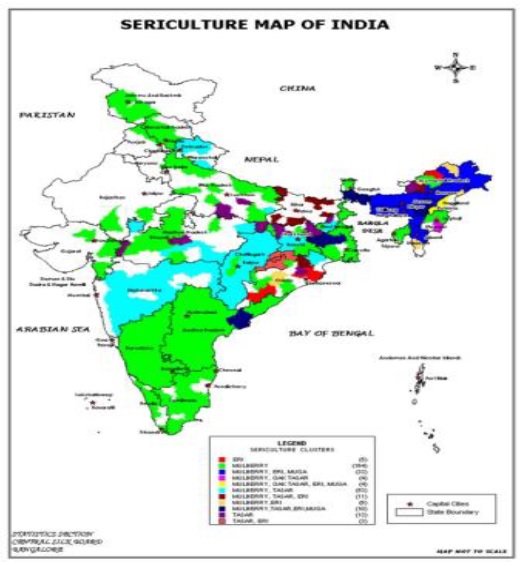Nature and Policy Evaluation for Social Forestry
DOI:
https://doi.org/10.31033/abjar.1.3.3Keywords:
climate change, natural resources, policy, social forestry, landAbstract
Population expansion over the past few decades has put a greater strain on the world's land and natural resources. The objectives of social forestry include the provision of food, fuel, and fodder; the amelioration of environmental conditions through the reduction of pollutants; and the safeguarding of agricultural pursuits from the damaging effects of climate change. Social forestry is also sometimes referred to as "community forestry." Some social forestry projects had been implemented on a small scale in India by the 1950s (BRD, 1985). The country has implemented social forestry, the largest and most innovative participatory forestry experiment, as well as the largest intervention design to increase common land production and utilization.
Downloads
References
Lucaus-Richman, C. (2012) Social forestry application in Europe, in growing from seed. Dordrecht.
GOI. (1991). Social forestry development in Karnataka: An overview. Annual reports of Forest Depart, GO, Karnataka, India.
India State of Forest Report. (2009). Forest survey of India, Dehradun.
FAO. (2011). Global forest resources assessment (2010). FAO Forestry Paper 163. Food and Agriculture Organization of the United Nations, pp. 12-13.
https://www.indianetzone.com/24/forestry_india.html.
UNDESA. (2019). World population prospects – Population division population.in.org. United Nations Department of Economic and Social Affairs, Population Division.
Ashish Sharma. (2017). A geographical study of social forestry in India. International Journal of Science, Engineering and Technology, 5(5), 148-153.

Downloads
Published
How to Cite
Issue
Section
ARK
License
Copyright (c) 2022 Santosh Kumar Verma

This work is licensed under a Creative Commons Attribution 4.0 International License.
Research Articles in 'Applied Science and Biotechnology Journal for Advanced Research' are Open Access articles published under the Creative Commons CC BY License Creative Commons Attribution 4.0 International License http://creativecommons.org/licenses/by/4.0/. This license allows you to share – copy and redistribute the material in any medium or format. Adapt – remix, transform, and build upon the material for any purpose, even commercially.










